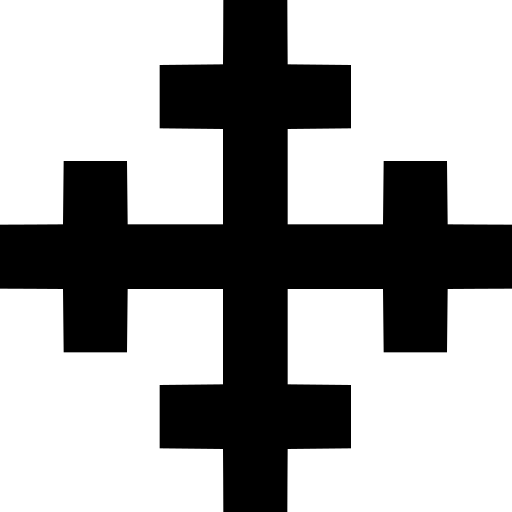
Toronto Ontario
Visa pirmcēlonis ir Dievs. Dievs ir viens. Dievs nav ne redzams, ne dzirdams — viņš ir visa garīgā būtība, it kā aizslēpies aiz dabas, kurā mēs varam apjaust un pētīt Dieva likumus.
Vienīgais, ko cilvēkam Dievs var dod tiešā veidā, ir padoms, doma. Dieva materiālā izpausme ir caur viņa sievišķo pusi — caur Māru.
Māra — tā ir Dieva laistās domas sabiezējums Visuma matērijā. Uz Zemes Māra izpaužas kā vieliskā pasaule, auglības glabātāja, dzīvības devēja un ņēmēja.
Laima ir likteņa licēja un Dieva karmiskais princips. Arī Dievs ir pakļauts cēloņsakarību likumam — kā sauksi, tā atskanēs; ko sēsi, to pļausi.
Dievturi godā šo trijotni — Dievu (kosmiskais saprāts), Māru (Dieva sievišķo principu, matēriju), Laimu (liktens un Dieva karmiskais princips).
Turklāt dievturi godina savus mirušos senčus un cenšas dzīvot ar tiem saskaņā.
Dievturības simbols daudzām latviešu paaudzēm (gandrīz simt gadus) ir bijis Māras krusts, jeb krustu krusts.
God is the origin of everything. God is one. God is neither seen nor heard – he is the spiritual essence of all, as if hidden behind nature, in which we can perceive and study God’s laws.
The only thing God can give to man directly is advice, a thought. The material manifestation of God is through his feminine side – through Māra.
Māra is the condensation of God’s thought into the matter of the universe. On Earth, Māra manifests as the material world, the preserver of fertility, the giver and taker of life.
Laima is the dispenser of fate and the karmic principle of God. God is also subject to the law of causality – as you call, so shall it sound; as you sow, so shall you reap.
Dievturība revere this trinity – God (cosmic intelligence), Māra (God’s feminine principle, matter), Laima (fate and God’s karmic principle).
In addition, the gods honour their dead ancestors and try to live in harmony with them.
The symbol of Dievturība for many Latvian generations (almost a hundred years) has been the cross of Māra, or the cross of crosses.

